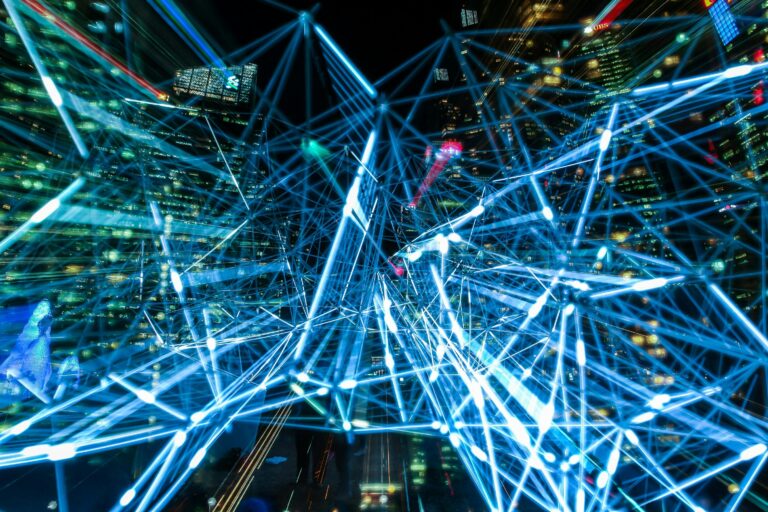In an age where human beings are increasingly outperformed by computer algorithms and facial recognition technology can perform wonders, ‘super recognisers’, humans with extraordinary abilities to recollect facial features, pip algorithms when it comes to recognising faces.
For every 1 recognition made by one of the best computer systems in the world, 1000 identifications are made by Super Recognisers. Humans are better at recognising low quality pictures of people than algorithms and super recognisers go even further by recognising faces they have not seen in years, in crowds, in disguise and degraded photos and images. Facial recognition technology fails in real life scenarios, where people are viewed in low light and resolution, from diverse angles. As Dr Josh Davis of the Applied Psychology Unit, University of Greenwich, who commissioned the survey says; ‘most criminals don’t smile for the camera’.
Dr Davis uses a survey commissioned by the University from Qualtrics to recruit Super Recognisers from the public and the police, and to fine tune his understanding of the cognitive processes that enable a certain part of brain to lend itself to face processing. The research was designed to test the suitability of 2000 police candidates to work in specialist front line units, but its results needed to be validated with a control group of 300 members of the public. Instead, the test went viral and in just over a year more than 2 million people had taken the test, and the number keeps rising, giving Dr Davis and his team more data to analyse than they had thought possible. From his research, Dr Davis suggests that approximately one percent of the population are super recognisers.
Of the five hundred images gathered by Metropolitan Police every week, 250 offenders are recognised, of whom 125 are identified by super recognisers, adding up to 6500 a year. The research has so far focused on short term memory, but in its next phase Dr Davis will set long range tests, in which participants view a certain number of photos or videos. These are then followed up weeks, months and if possible years later, to test how well they recognise faces over long periods of time. Initial tests reveal uncanny abilities to remember faces even from degraded photographs, after years have passed, in photos never seen before.
Says Ian McVey, UK Director, Qualtrics; “Every day our surveys encourage millions of people to share valuable, often deeply held opinions with their employers and the companies that serve them. This unique survey is special because it has captured the public’s imagination and alerted thousands of people to qualities they did not know they had”. Dr Davis credits Qualtrics for enabling his research students to achieve their aims, especially those apprehensive about IT when initiating complex projects, helping to make them more positive about using software research. He also rates Qualtrics for its ability to handle vast amounts of data and its operability across multiple systems;
“I would never have imagined in my wildest dreams that two million people could have taken this survey There is no doubt in my mind, it was Qualtrics that allowed us to reach them. I don’t think any other survey system could have coped”. Super Recognisers have good job prospects, particularly in security tasks at airports, border controls or events that amass large numbers of people. The Met deployed them in the control room at the Notting Hill carnival which attracted 1m people. Service driven organisations such as restaurants that want to recognise important customers are also recruiting people with recognition ability.








